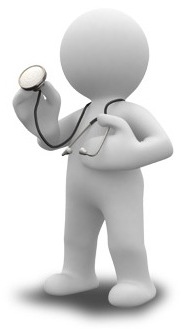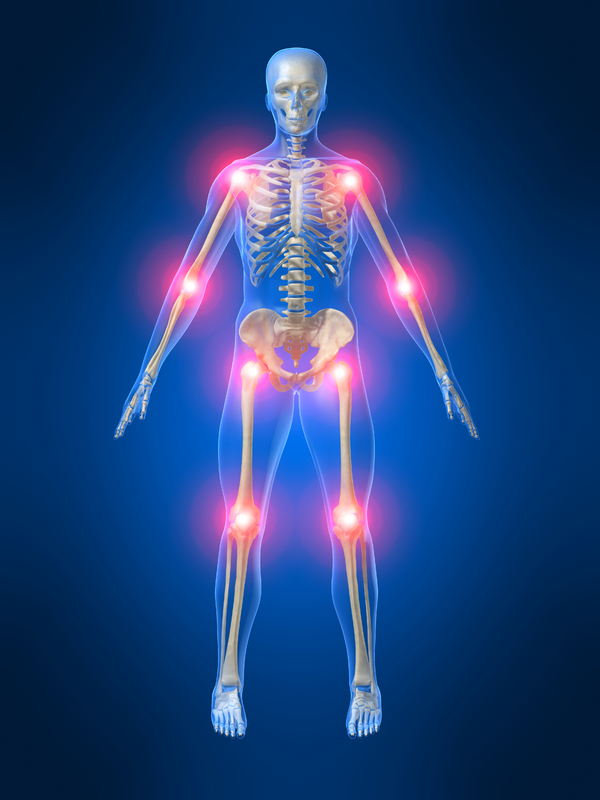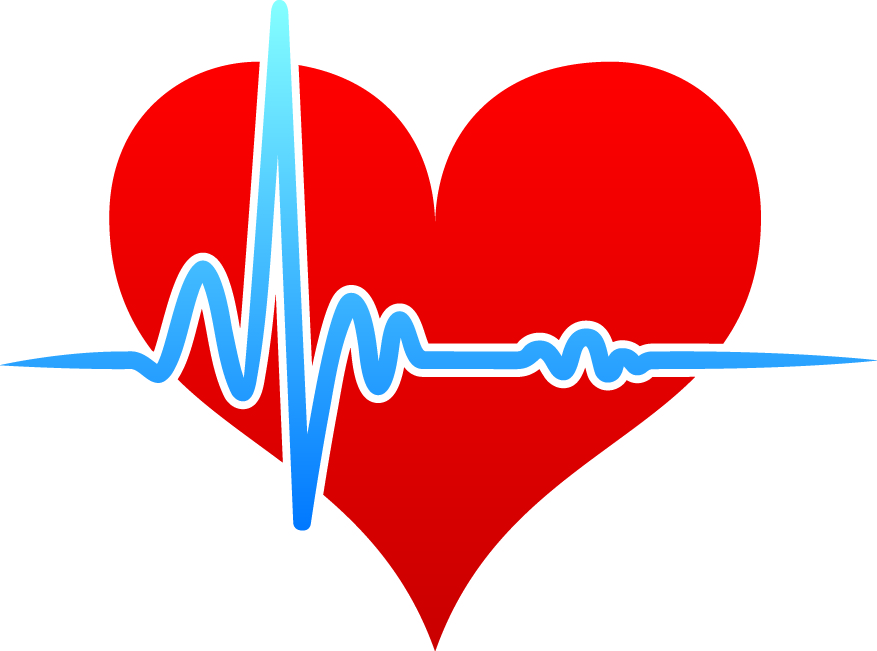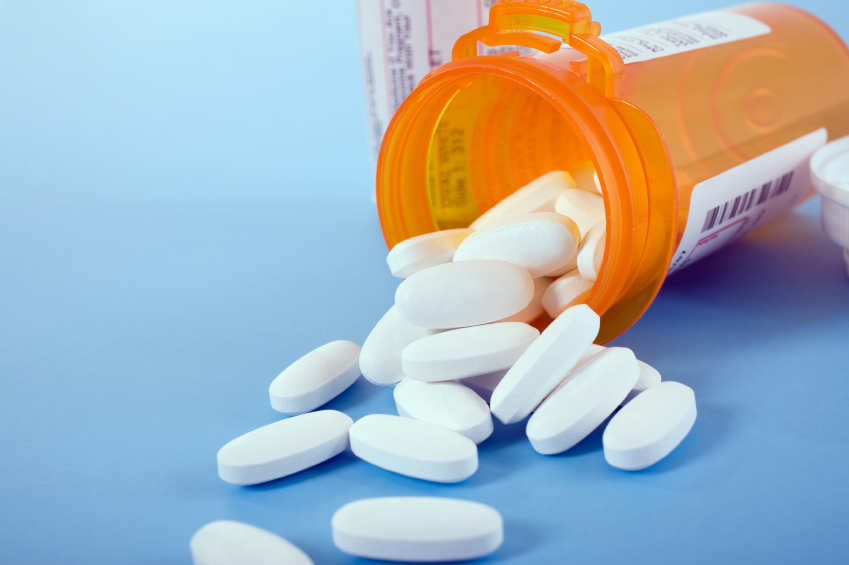 A stroke happens when blood flow to a part of the brain stops. A stroke is sometimes called a “brain attack.”
A stroke happens when blood flow to a part of the brain stops. A stroke is sometimes called a “brain attack.”
If blood flow is stopped for longer than a few seconds, the brain cannot get blood and oxygen. Brain cells can die, causing permanent damage.
There are two major types of stroke: ischemic stroke and hemorrhagic stroke.
Ischemic stroke occurs when a blood vessel that supplies blood to the brain is blocked by a blood clot. This may happen in two ways:
A clot may form in an artery that is already very narrow. This is called a thrombotic stroke.
A clot may break off from another place in the blood vessels of the brain, or from some other part of the body, and travel up to the brain. This is called cerebral embolism, or an embolic stroke.
Ischemic strokes may be caused by clogged arteries. Fat, cholesterol, and other substances collect on the artery walls, forming a sticky substance called plaque.
A hemorrhagic stroke occurs when a blood vessel in part of the brain becomes weak and bursts open, causing blood to leak into the brain. Some people have defects in the blood vessels of the brain that make this more likely.









